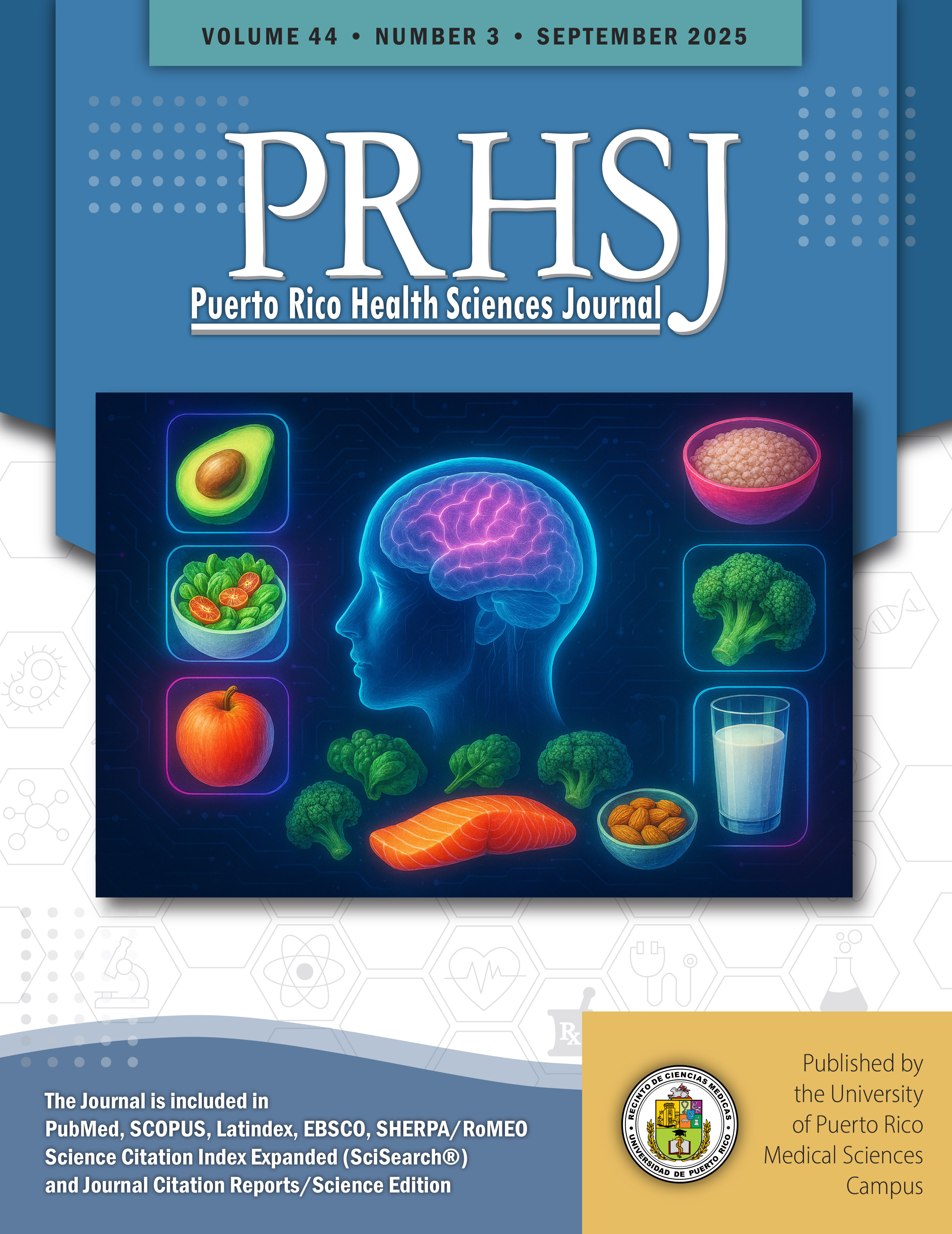Abstract
Previous nutritional surveys have been conducted with Puerto Rican families, but extensive analyses of dietary results have been lacking due to databases with insufficient nutrient composition information. Herein, we determine the nutritional status of Puerto Rican families from the results of a survey conducted in 1966 using the Minnesota’s Nutritional Data System for Research 2020 from which we report macronutrients, vitamins, minerals, and other nutrients, with the results being evaluated for compliance with current dietary recommendations. These data establish eating patterns that could have significance in trends for future nutrition. The survey population totaled 877 families, divided into rural (R) and urban (U) households. Main findings were that total energy intake was 2076 kcal/day in R and 2419 kcal/day in U households. Total fat, especially saturated fat and cholesterol, exceeded recommendations, while total carbohydrates fell below the recommended amounts. Total sugars and the glycemic load were above guideline levels. Total protein was satisfactory, as was total fiber. Water-soluble vitamins reached recommended levels, but fat-soluble vitamins were below recommendations. The amounts of most minerals were sufficient, with the exception of calcium, iron, magnesium, and potassium, which were low. Sodium was above the recommended levels. We conclude that Puerto Rican families of the mid-1960s made some beneficial dietary choices but too much fat, especially saturated fat, even more so in U households, resulted in a disproportion of several nutrients having the outcome of an eating pattern that, as expressed by the original authors,” if continued could lead to even greater nutritional imbalances.”
